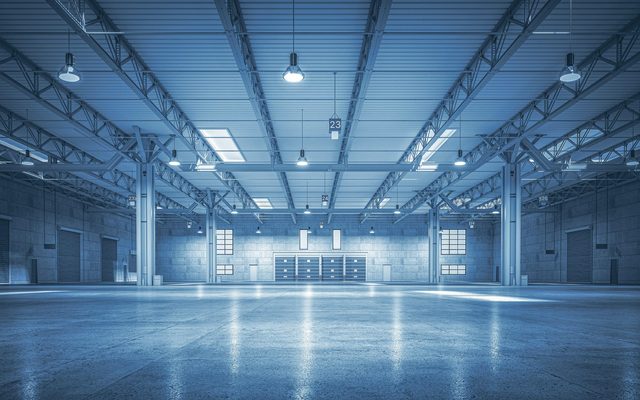This article is from the Australian Property Journal archive
OPINION: WITH office buildings in Australia now being scored on their digital connectivity, the growing influence of property technology on design techniques is undeniable.
But in a world so saturated with new innovations, how do we know which ones will truly set apart for the future?
The trends lie where tech and tenants meet
Here at Charter Hall, there are two solutions that we use to determine the most powerful property technologies in our midst.
One of which includes “smart building solutions”. These are the technologies revolutionising sustainability and efficiency in the built form. The other is “smart tenancy solutions”, and these are the innovations that place the human experience front and centre.
Where the two solutions overlap, a whole new field of smart and sustainable property technologies are revolutionising the way we build, work and operate. Instead of just ticking the better design box, they’re delivering better quality services, less energy usage, lower overhead fees and overall improved experience for tenants.
With that in mind, here are what I see as the top emerging proptech trends in Australia, from building apps through to AI-enabled lifts and sensors:
- Artificial Intelligence as part of the smart building toolbox
Around the world, the media is awash with fears that AI will take over our careers.Equally pervasive, is the understanding that smart technologies will free us from repetitive tasks that often don’t require the human touch, in order to reduce friction, deliver better efficiency for customers and better opportunities for employees.
For example, smart parcel lockers for online deliveries, smart building apps and tenant-orientated interfaces are shifting the way property managers communicate with their tenants and provide concierge-like services. The AI-driven Charli app which will be made available to our tenant customers at the Wesley Place Precinct in Melbourne’s CBD, will enable them to order their coffee, book meeting rooms and register for wellness classes. The app even doubles as their cardless security access in to the office through HID technology – all in the palm of their hands.
- Predictive maintenance and monitoring functions
If ‘smart’ is your end goal, data is imperative. When property managers gain insight into how their building functions are performing and being used, they can decrease the need for maintenance and improve efficiencies across the building’s lifecycle.
Smart sensor technologies at Wesley Place are, for example, monitoring how people are using each floorplate, so that we can evolve and design spaces and fit-outs more efficiently. This ambient intelligence also has the potential to automate and streamline the process of manually booking hot-desks and locking in conference spaces.
Our lifts at Wesley Place will also include predictive monitoring. Studying the traffic flows and movements of tenants throughout the building, ‘learning lifts’ have the ability to predict and equally accommodate the peak traffic times, to ensure no one is left waiting. This technology creates time efficiencies for its users but also cost and energy saving efficiencies for the companies in tenancy.
- Health and safety (for the humans and planet)
In Australia’s densifying urban centres, commercial space is increasingly competitive and buildings must hit the mark both in terms of tenant wellbeing and sustainability to attract and retain the right talent.
On the sustainability front, ratings and standards like WELL, NABERS and Green Star are driving the inclusion of green technologies, such as electric vehicle charging points, smart bins that compact rubbish and alert building managers to waste levels, and number plate recognition to streamline carpark movement and emissions.
In terms of tenant wellbeing, climate and air quality monitoring sensors will soon become a key feature of smart buildings, while biophilic design (integration of nature, natural lighting and natural ventilation) will improve the health of tenants and energy consumption.
As the work day lengthens, security outside usual office hours is becoming increasingly important, with robotics playing a core role in keeping workers safe. Cloud-based monitoring, wearables, satellite services, SMS broadcasting and smartphone interfaces help connect employees with employers, and ensure their personal protection at any time of the day when at work.
Tenant-first tech is key
As we approach a new year of development in Australia’s thriving urban landscapes, the property technologies that will lead the way are those that are putting humans back at the centre of what has traditionally been an infrastructure-centric industry.
The user experience will continue to be front of mind for commercial designers and developers shaping our cities, crafting the future of real estate one app and one algorithm at a time.
By Simon Stockfeld, Regional Development Director, Charter Hall.*




